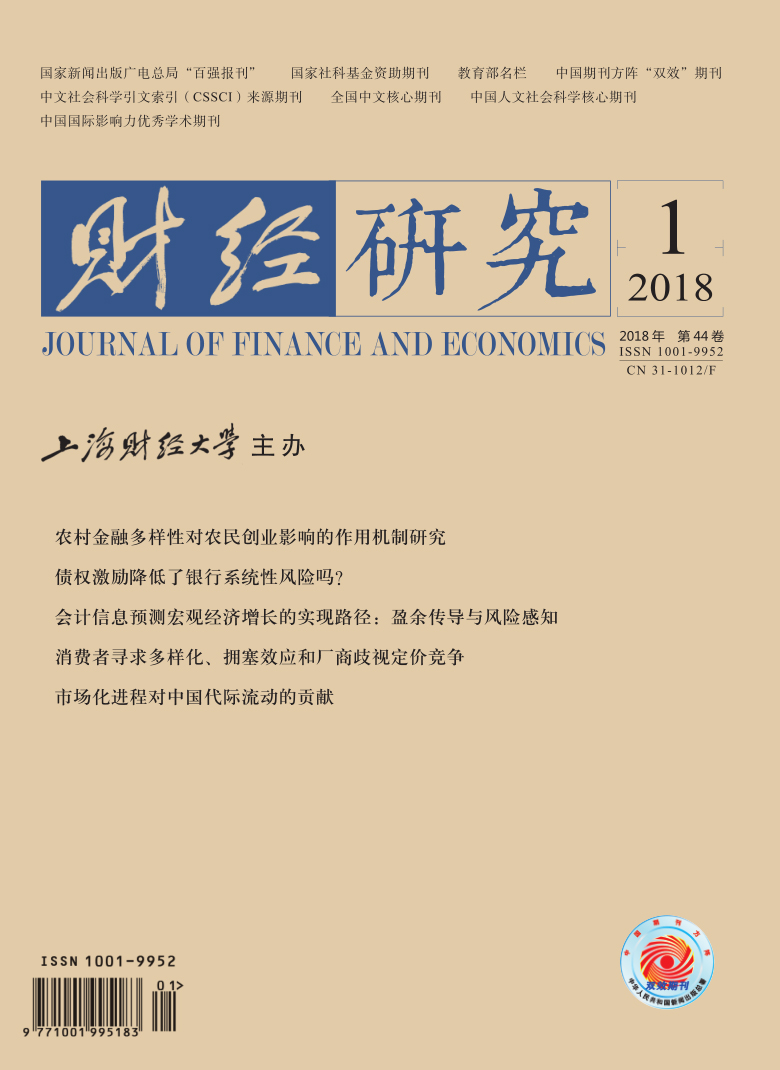Charitable donation is considered as one type of corporate social responsibility(CSR). Previous researches have devoted many efforts to exploring the determinants of corporate donation, including economic motivations, political consideration, and management opportunism. However, little attention has been paid to exploring the strategic interaction between an industrial association, a government and a firm, and their consequences on the giving behaviors of private firms. Therefore, this paper attempts to answer the following questions: in China, particularly, whether private firms joining an industrial association donate more than those not belonging to any association? how does the interaction between the associations and the primary organizations of the Communist Party of China(CPC)influence the giving behaviors of private firms? what are the differences in the impacts of the association-firm connections, and political connections, namely the connections between firms and governments, on the donating behaviors of private firms? We answer the above-mentioned questions in two ways. On the one hand, theoretical analysis hypothesizes that industrial associations can foster business charitable donations by ways of sub-government administrative commands, the logic of membership, the exchange mechanisms of resources and services, as well as Party voice. In particular, CPC is likely to be one of the important channels through which an industrial association can exert influence upon firms’ giving initiatives and behaviors. On the other hand, a unique data set from China’s Private Enterprises Survey in 2010 is employed to empirically test the hypotheses. The OLS regression results show that firms that join an industrial association demonstrate higher levels of charitable donations. The potential endogeneity problem of the regressor, i.e. the dummy variable concerning whether a firm joins an industrial association, is addressed by treatment-effect model and propensity score matching method. The results are robust to alternative measures of charitable donations, different types of industrial associations, and different subsamples of the dataset. The data sets in 2002, 2004, 2006, 2008 and 2012 are also used to confirm the robustness of the results. Further analysis shows that the interaction between industrial associations and CPC control in terms of establishing a primary party organization in a firm and the business owner being a party member has a significantly positive effect on the firm’s charitable donations. Furthermore, results show that the association-firm connections demonstrate a weaker influence on the charitable donation behaviors of a firm, compared to formal political connections. The findings suggest that charitable donations can be a strategic response of a firm to organizational context it faces, and that even in the context of transitional China, industrial associations can be a stable institutional factor affecting the behaviors of firms. The implication derived from the empirical analysis is that policy makers should pay enough attention to the role of industrial associations and CPC control in improving the overall level of CSR in private firms. This study is among the first to use nationally-representative survey data from China to analyze the effects of industrial associations on private firms’ charitable donations, especially in terms of comparing the marginal effects of association-firm connections and political connections on corporate giving behaviors. It not only enriches the empirical research on corporate philanthropy, but also offers a new perspective for fully understanding how industrial associations in China exert their influences on firms’ giving behavior.
 / Journals / Journal of Finance and Economics
/ Journals / Journal of Finance and EconomicsJournal of Finance and Economics
LiuYuanchun, Editor-in-Chief
ZhengChunrong, Vice Executive Editor-in-Chief
YaoLan BaoXiaohua HuangJun, Vice Editor-in-Chief
Do Firms Joining an Industrial Association Donate More? Evidence from China’s Private Enterprises Survey
Journal of Finance and Economics Vol. 44, Issue 01, pp. 33 - 46 (2018) DOI:10.16538/j.cnki.jfe.2018.01.003
Summary
References
Summary
[1]Du Y, Chen J. Political connections, charitable donations and government subsidies: Empirical evidence from money-losing listed companies in China[J]. Journal of Finance and Economics, 2016,(5): 4-14. (In Chinese)
[2]Gao Y, He X, Li L. Business owners’ social status, economic achievement and corporate philanthropy[J]. Economic Research Journal, 2011, (12): 111-123. (In Chinese)
[3]Jia M, Zhang Z. Does political connection influence corporate philanthropy?[J]. World Development, 2010, (4): 99-113. (In Chinese)
[4]Liang J, Chen S, Ge Q. Political participation, governance structure and corporate philanthropy in Chinese private sector[J]. Management World, 2010, (7): 109-118. (In Chinese)
[5]Shan L, Gan L, Zheng T. Corporate donations and economic incentives: An empirical study based on corporate donations following the 5.12 earthquake in China[J]. Economic Research Journal, 2008, (11): 51-61. (In Chinese)
[6]Sui W, Zhang H. New ventures’ strategic orientation, firm visibility and philanthropic donations[J]. Chinese Journal of Management, 2015, (9): 1328-1336. (In Chinese)
[7]Wei X, Dong Z, Huang J. Does labor union improve labor share? Theoretical analysis and evidence from private firms in China[J]. Economic Research Journal, 2013, (8): 16-28. (In Chinese)
[8]Zeng J, Zhang Y, Yang X. Religion and the “Tone at the Top” on CSR: In a perspective of CEO’s donation in Chinese private enterprise[J]. Management World, 2016, (4): 97-110. (In Chinese)
[9]Doner R F, Schneider B R. Business associations and economic development: Why some associations contribute more than others[J]. Business & Politics, 2000, 2(3): 261-288.
[10]Husted B W, Allen D B. Corporate social responsibility in the multinational enterprise: Strategic and institutional approaches[J]. Journal of International Business Studies, 2006, 37(6): 838-849.
[11]Jia M, Zhang Z. Donating money to get money: The role of corporate philanthropy in stakeholder reactions to IPOs[J]. Journal of Management Studies, 2014, 51(7): 1118-1152.
[12]Schmitter P C, Streeck W. The organization of business interests: Studying the associative action of business in advanced industrial societies[R]. MPIfG Discussion Paper No.99/1, 1999.
[13]Waarden F V. Emergence and development of business interest associations: An example from the Netherlands[J]. Organization Studies, 1992, 13(4): 521-561.
Cite this article
Chen Guiwu, Hu Huihua. Do Firms Joining an Industrial Association Donate More? Evidence from China’s Private Enterprises Survey[J]. Journal of Finance and Economics, 2018, 44(1): 33-46.
Export Citations as:
For
ISSUE COVER
RELATED ARTICLES




 13543
13543  7101
7101

